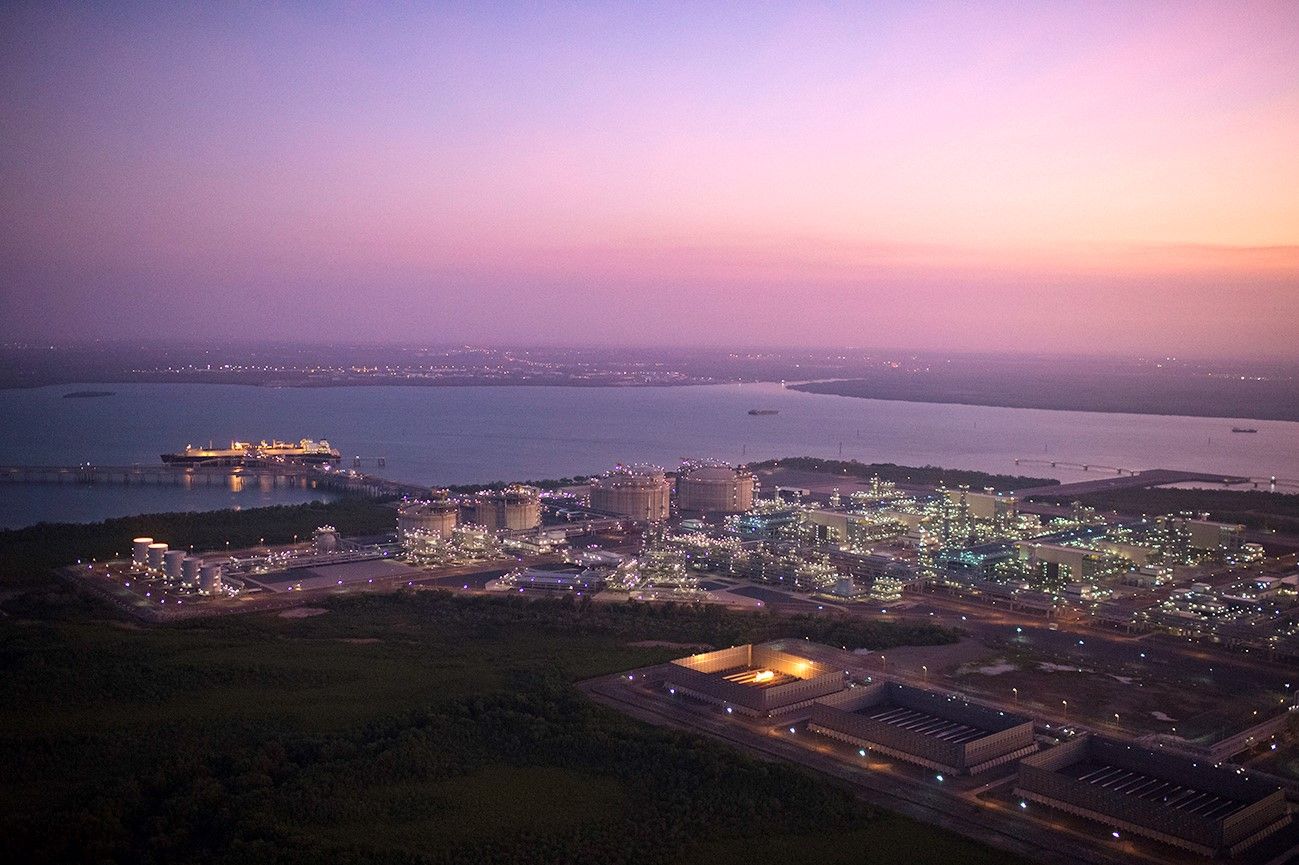This story requires a subscription
This includes a single user license.
“Train 1 is currently operating safely. However, as Train 1 is using the same equipment (heat exchangers) as Train 2, it has been decided that Train 1’s rate of operations would be reduced to about 70 percent whereupon inspections will be carried out, as a preventive measure,” the spokesman said.
Appropriate measures, including inspections, will be taken to ensure the continuity of safe operations, he said.
“As for the restart of Train 2, this is expected for the second half of September,” he said.
“Train 1 will be inspected for signs of similar issues, and overall production is expected to recover to 100 percent by early November,” the spokesman said.
Last month, the spokesman said Inpex expects to restart the second liquefaction train in October.
Inpex said on August 22 that the second train was “temporarily halted” on the evening of August 20. Prior to this, Inpex shut down the train in July.
Train 2 had been temporarily halted for inspection and repair after an issue was discovered through operational monitoring activities, the spokesman said on August 27.
The spokesman added that the “impact on output is expected to be several cargoes at most.”
Inpex expects Ichthys LNG to ship about 10 LNG cargoes per month for the second half of this year.
This means that Inpex aims to ship about 126 cargoes this year, three less compared to 2023.
Last year, the LNG plant sent record 129 LNG cargoes, 17 cargoes more compared to 2022, as part of the company’s plans to boost production to about 9.3 mtpa due to debottlenecking.
The plant shipped 11 LNG cargoes in 2018, 104 LNG cargoes in 2019, 122 LNG cargoes in 2020, 117 LNG cargoes in 2021, and 112 LNG cargoes in 2022.
76 LNG cargoes in January-July
Inpex shipped 66 LNG cargoes from its Ichthys export plant during the first half of this year, one cargo more compared to the same period last year.
Besides the 66 LNG cargoes, the Ichthys project also sent 12 plant condensate cargoes, 16 offshore condensate cargoes, and 17 LPG cargoes during the first half of this year.
This compares to 65 LNG cargoes, 11 plant condensate cargoes, 15 offshore condensate cargoes, and 17 LPG cargoes during the first half of 2023.
Inpex also provided shipment data for July, and the Ichthys project sent 10 LNG cargoes, 2 plant condensate cargoes, 2 offshore condensate cargoes, and 3 LPG cargoes during the last month.
Ichthys LNG is a joint venture between operator Inpex and major partner TotalEnergies.
Earlier this year, Inpex also purchased a small stake in Ichthys LNG from compatriot Tokyo Gas to boost its stake from 66.245 percent to 67.82 percent.
Besides TotalEnergies, other partners in the Ichthys project include Australian units of CPC, Osaka Gas, Kansai Electric Power, Jera, and Toho Gas.
Natural gas arrives to the LNG plant at Bladin Point, near Darwin from the giant Ichthys field offshore Western Australia via an 890 kilometers long export pipeline.

